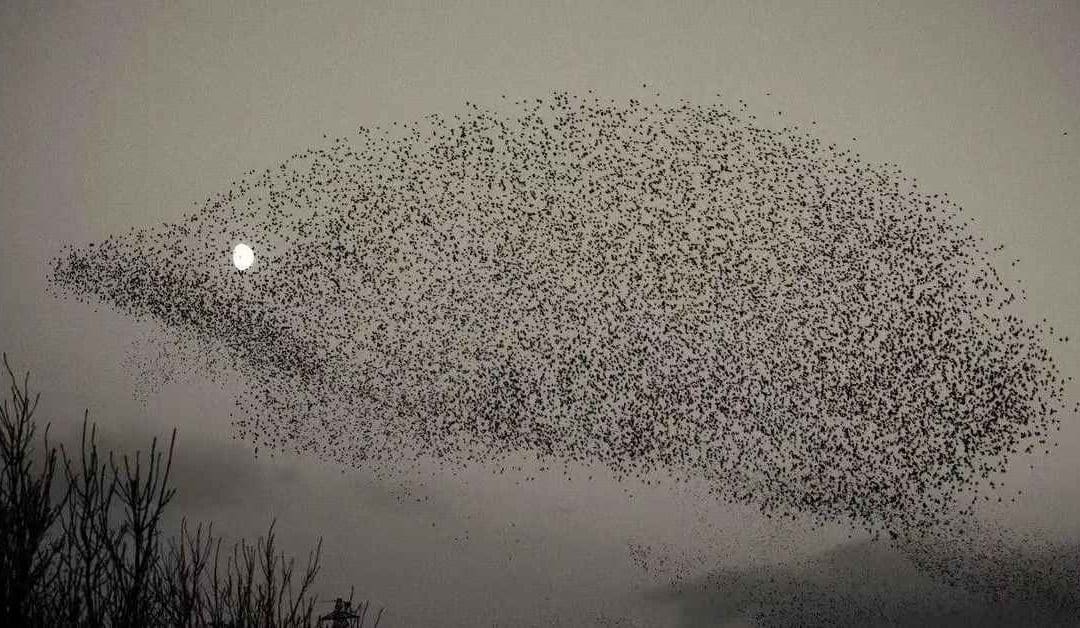The movement of animals from one place to another is called migration. There are two main types of migration: 1. Seasonal Migration Seasonal migration is the most common type of migration. Animals migrate to find food or to escape harsh weather conditions. For example, some animals migrate to avoid cold winters. 2. Lifelong Migration Lifelong migration is when animals migrate once in their lifetime. This usually happens when animals are looking for a new place to live. For example, some animals migrate to find a new home after their original home has been destroyed.
Migration is a costly endeavor, and animals must carefully weigh the costs and benefits of migrating before undertaking the journey. Depending on the distance traveled and the resources required, migration can be an energetically demanding process that can put animals at risk of injury or even death. Animals often look for a sustainable area with access to many of the resources they require while migrating. While some species avoid returning to the same place, others move back and forth between the same regions. Despite the risks, migration is a vital behavior that allows animals to adapt to changes in their environment and ensure their survival.
Migrating animals may travel in groups or individually. Depending on the species, some animals travel in very large groups while others travel alone or in small groups. The way in which animals migrate can vary based on the resources they need and the geographical features of their migration route. Animals use a variety of methods to migrate. Some animals, such as birds, use the sun and stars to navigate. Others, such as salmon, use the Earth’s magnetic field. Some animals, such as caribou, follow specific trails. Others, such as eels, travel along ocean currents.
The lifespan of the animal may be used as a general guide when considering where animals migrate. In contrast to animals with shorter lifespans, which often move on to new areas throughout time, those with longer lifespans frequently return to their original location. This is due to several factors, such as the fact that animals with longer lifespans usually possess a better understanding of their environment and a more secure food supply. Additionally, these animals are often more resistant to disease and predation, which allows them to remain in their original location for a longer period of time. Furthermore, with shorter lifespans may not live long enough to remember where they came from, while those with longer lifespans may have a better memory and be able to find their way back to their original location. The specific migratory patterns of individual animals may vary depending on a number of factors, including the season, the availability of food, and changes in the environment.
Animals with a lifespan of less than one year, such as certain fish or amphibians, typically migrate to new locations as adults in order to find appropriate breeding sites. In contrast, animals with a lifespan of one to ten years, such as many birds or reptiles, typically migrate back to their birthplace. The distance that animals migrate may also be used as a guide when considering where animals migrate. Animals that migrate long distances are more likely to be searching for food or new territory, while those that migrate shorter distances are more likely to be moving in response to changes in the environment, such as the availability of water or shelter.


